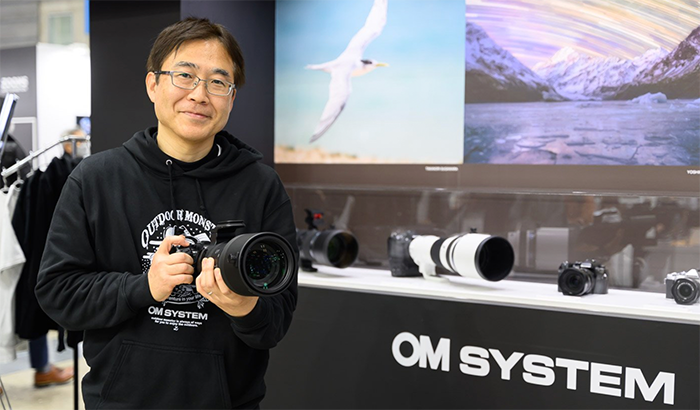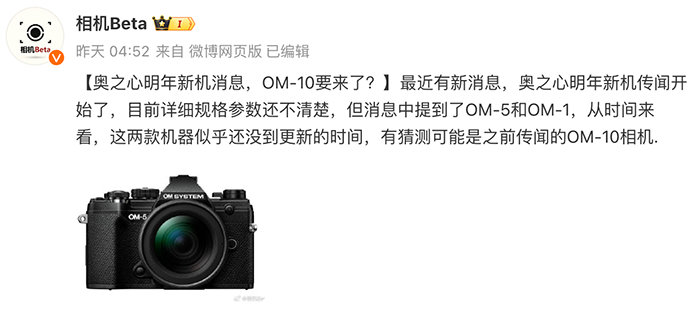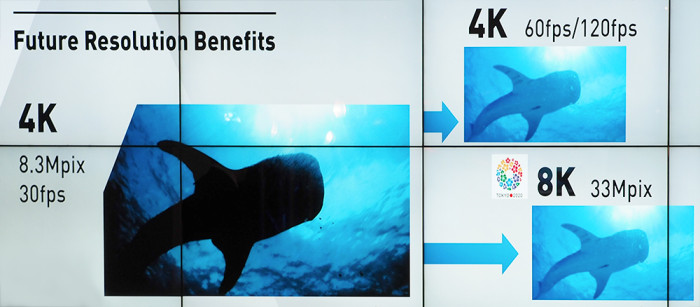More thoughts about the “new” Olympus sensor.
The real mystery about the upcoming new PEN’s is the new 12 Megapixel sensor. I have been told that Olympus markets it as a “completely new” sensor. And I know for sure that it is not going to be used by any future Panasonic camera. But I don’t know yet how deeply Olympus redesigned the sensor. There are basically two options:
1) The sensor is 100% from ground up new.
2) The basis is the same 12 Megapixel [shoplink 14834 ebay]Panasonic G2[/shoplink] sensor and Olympus only did make some kind of changes on it.
The truth is that my sources tested the jpeg quality only so it’s difficult to say if the changes in image quality are the results of the sensor or of the new Truepic VI engine. The good news is that my sources noticed a visible improvement. Dynamic range has been increased (more in the dark areas than in the highlights) and so the colors (with better blue). They told me it’s the best Micro Four Thirds sensor to date. But let’s not get too enthusiastic. The improvement is here but not extraordinary. The best news is the fact that Olympus recognized the need to become independent from Panasonic sensors. Anyway, I am reposting a comment from Thom Hogan about the posisble future Oly sensor:
“I don’t have the original source to look at for that statement, but…those three specific things say to me that this is a sensor redesign, not a from-scratch design. Let’s do it backwards:
* Autofocus speed: highly dependent upon how fast you get data off the sensor. There are two basic ways to do this: up the frame rate and sub-sample the pixels, preferably both. This is work mostly in the add-on circuitry in a CMOS sensor. It doesn’t touch the sensel itself (other than how fast it is taking information from it).
* Color fidelity: highly dependent upon the Bayer filtration. We’ve been all over the map on this one during digital’s history, increasing filtration, decreasing it, flipping it to CYMG instead of RGBG, you name it. It’s an optical issue, and Olympus is an optical company.
* Dynamic range: can be dependent upon a lot of things, including sensel efficiency, read noise, microlenses, and so on. But read this and the previous one together and I get “Olympus changed the layers on the top of the sensor.”
I’m guessing here, but it’s quite possible that Olympus really meant it when they said 12mp is enough (it isn’t, but for different reasons than most people think, and Lytro is a good example of that). With Panasonic showing them sensors with similar traits but more pixels, Olympus might have simply asked to be given access to the original sensor design for improvement. So they put engineers working on the two easiest things to tweak: the photosite support circuitry (goosing the bandwidth) and the filtration layers (Bayer, microlenses). This would also explain why Panasonic is the fab.
I’ll be watching the details in the Japanese press when the release happens. What I’m looking for is evidence that the sensel is changed or different, or that the underlying transistor type is changed. Differences in substrate materials or flipping the sensor (BSI) are also fundamental design changes. Those are all things that would indicate a ground-up sensor design. But based upon what we’re hearing as leaks, I’d bet this is a reconfiguration of an existing sensor.“



